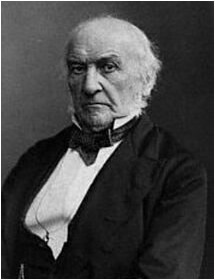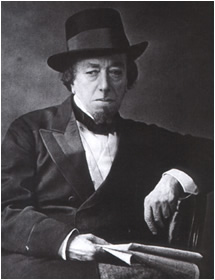|
Steampunk is a subgenre of speculative
fiction, usually set in an anachronistic Victorian alternate history
setting. It could be described as what the past would look life if the
future had happened sooner.
What is known today as steampunk has its beginnings in the
early days of Victorian penny dreadfuls and the encyclopedic novels of Jules
Verne's Voyages Extraordinaires. An increasingly literate public took
advantage of the opportunities for adventure and high romance offered them
by Verne, H.G. Wells, H. Rider Haggard, Sir Arthur Conan Doyle and Edgar
Rice Burrougs, as well as the macabre tales of Edgar Allan Poe, Nathaniel
Hawthorne and others. Steampunk is in part a nostalgic reclamation of
Victorian and Edwardian Scientific Romances, imperialist adventures,
Edisonades and Voyages Extraordinaires, reminiscing about a more elegant age
of adventure that never really existed.
The Victorian Era of the United
Kingdom is considered the height of British industrial revolution and the
apex of the British Empire. It is usually defined as the years from 1837 to
1901, corresponding with the reign of Queen Victoria of England. The period is beloved for its
attention to high morals, modesty and proper decorum, as inspired by the
Queen and her husband, Prince Albert. The Victorian era was also an
optimistic time in which scientific and industrial invention thrived.
Developments in printing produced a proliferation of Victorian scrap art,
cards, and magazines.
Much of the attention of Britain was
focussed abroad during the early- to mid-Victorian era. In 1876 Victoria was
declared Empress of India and the Empire was constantly being expanded. Two
of England's most influential Prime Ministers during the Victorian era were
William Edwart Gladstone and Benjamin Disraeli. Gladstone, a liberal,
humanitarian, and devout was known by his supporters as the "Grand Old Man",
whilst he was famously at odds with Queen Victoria for much of his career.
Disraeli, on the other hand, was imperialistic, nationalistic, and charming.
The queen enjoyed his company, for he could make her laugh.


Disraeli became Prime Minister in 1868, but the contest between Disraeli's
Conservatives and Gladstone's Liberals was to last into the 1880s. Then in
the general election of April 1st, 1880, Disraeli was crushingly defeated by
the Liberals under Gladstone.
London of the Victorian era was a city
of starling contrasts. New building and affluent development went hand
in hand with horribly overcrowded slums where people lived in the worst
conditions imaginable. The population surged during the 19th century, from
one million in 1800 to over six million a century later. This growth far
exceeded London's ability to look after the basic needs of its citizens.
A combination of coal-fired stoves and poor sanitation made
the air heavy and foul-smelling. Immense ammounts of raw sewage was dumped
straight into the Thames river. Upon this scene
entered an unlikely hero, an engineer named Joseph Bazalgette. Bazalgette
was responsible for the building of over 2100 kilometres
of tunnels and pipes to divert sewage outside the city. This made a drastic
impact on the death rate, and outbreaks of cholera dropped dramatically
after Bazlgette's work was finished.
Before the engineering triumphs of Bazalgette came the
architectural triumphs of George IV's favourite
designer, John Nash. Nash designed the broad avenues of Regent Street,
Piccadilly Circus, Carlton House Terrace, and Oxford Circus, as well as the
ongoing creation of Buckingham transformation of Buckingham House into a
palace worthy a monarch.
Just behind Buckingham Palace the
Grosvenor family developed the aristocratic Belgrave Square. In 1830 land
just east of the palace was cleared of the royal stables to create Trafalgar
Square, and the new National Gallery sprang up there just two years later.
The early part of the 19th century was the
golden age of steam. The first railway in London was built from London
Bridge to Greenwich in 1836, and a great railway boom followed. Major
stations were built at Euston (1837), Paddington (1838), Fenchurch Street
(1841), Waterloo (1848), and King's Cross (1850).

In 1834 the Houses of Parliament at
Westminster Palace burned down. They were gradually replaced by the
triumphant mock-Gothic Houses of Parliament designed by Charles Barry and
A.W. Pugin. The clock tower of the Houses of Parliament, known erroneously
as Big Ben, was built in 1859.
The year 1863 saw the completion of the
very first underground railway in London, from Paddington to Farringdon
Road. The project was so successful that other lines soon followed.
But the expansion of transport was not limited to dry land. As the
hub of the British Empire, the Thames was clogged with ships from all over
the world, and London had more shipyards than anyplace on the globe.
|
![]()